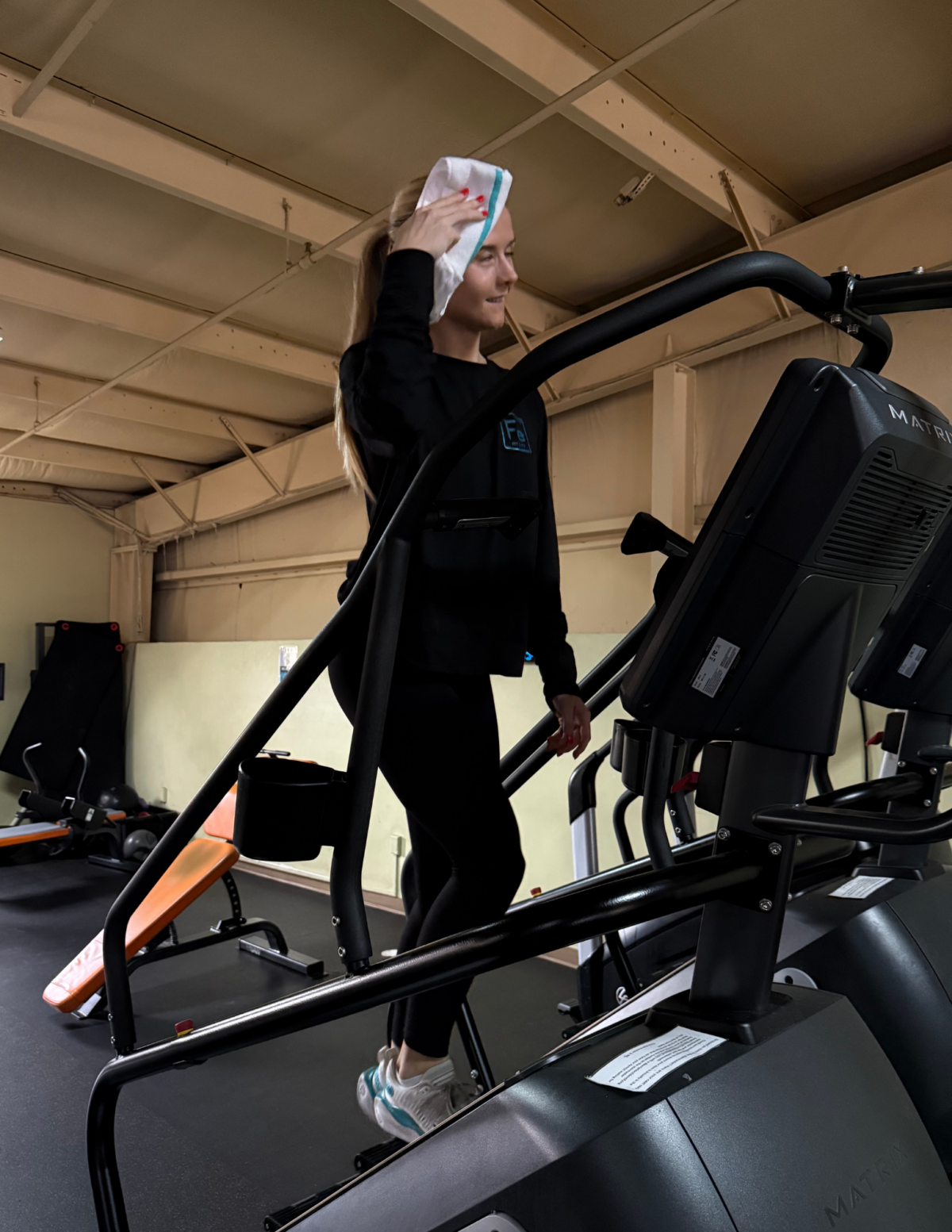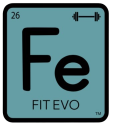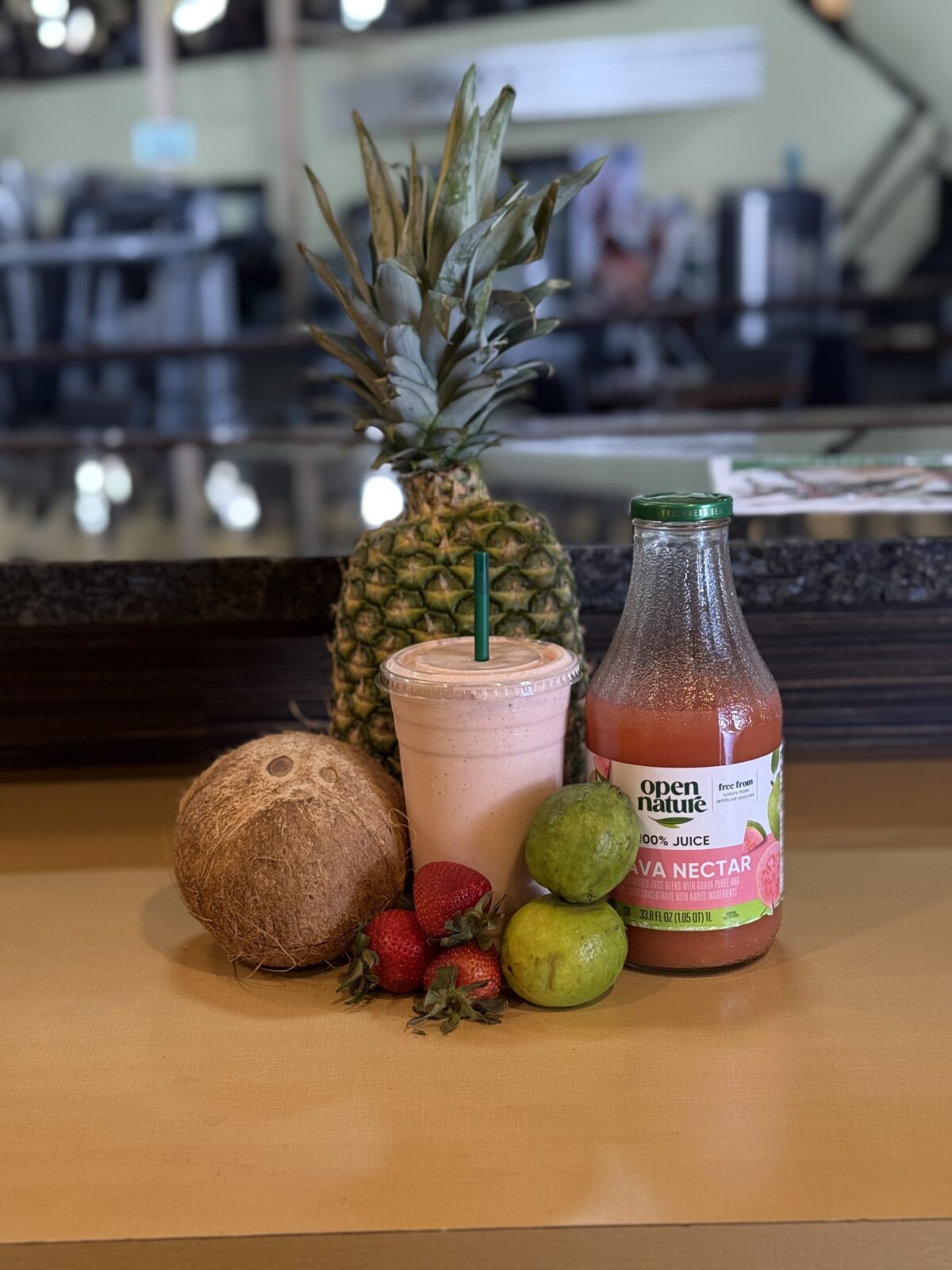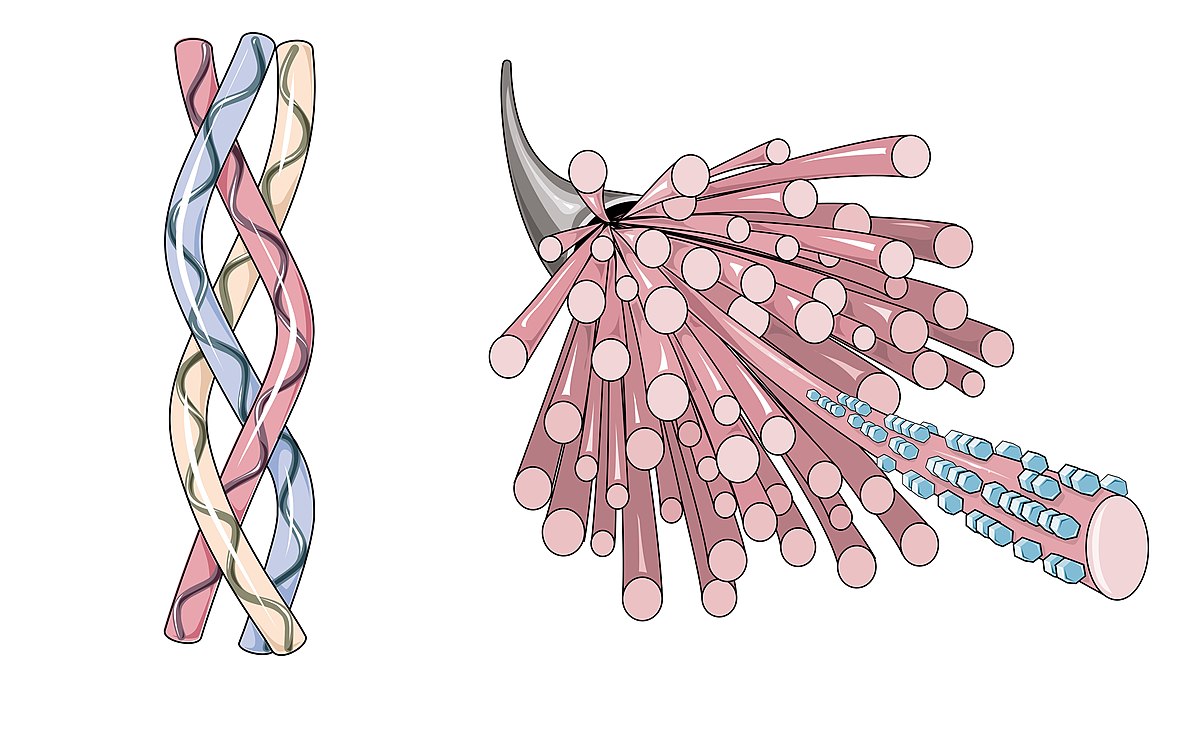The Best Exercise to Lose Weight: What Actually Works
- Post author By Mike Wil
- Post date June 6, 2025
- No Comments on The Best Exercise to Lose Weight: What Actually Works

Let’s be real—losing weight can feel like a puzzle. You might hear a hundred different answers to one simple question: what is the best exercise to lose weight? Everyone’s got an opinion, but we’re here to make it super easy to understand. Also, just a heads-up—we’re not doctors, so don’t take this as medical advice. Always talk to your healthcare provider before starting any fitness plan.
- Burns a lot of calories
- Boosts your metabolism
- Strengthens your muscles
- Helps you stay consistent
Let’s look at the top types of exercises that check all those boxes.
1. Walking (Yep, Just Walking!)
Walking is super underrated. It’s low-impact, free, and can be done just about anywhere. A brisk 30-minute walk can burn around 150–200 calories depending on your pace and body weight. Do that every day, and you’ve got a solid fat-burning habit without needing a gym.
Why we love it: Easy on the joints, beginner-friendly, and great for mental health too. Walking also helps you stay consistent because it’s simple, low stress, and you can multitask—listen to music, podcasts, or even take calls while walking.
Want to level it up? Try walking on an incline or adding light ankle weights.
2. High-Intensity Interval Training (HIIT)
HIIT is a powerhouse when it comes to burning fat fast. It combines short bursts of intense activity (like sprinting or jumping jacks) with brief rest periods. A 20-minute HIIT workout can torch more calories than an hour-long jog.
Why it works: You burn calories during the workout and after—thanks to the “afterburn” effect, aka excess post-exercise oxygen consumption (EPOC).
HIIT also keeps things exciting and quick. You don’t need an hour to work up a sweat. With just a few minutes of effort, you can rev up your metabolism and start burning fat.
3. Strength Training (aka Lifting Weights)
Weightlifting isn’t just for bodybuilders. Building muscle increases your metabolism, meaning you burn more calories even while sitting on the couch.
Why it matters for weight loss: Muscle burns more calories than fat. More muscle = faster fat burn.
Pro tip: You don’t need heavy weights. Bodyweight workouts like squats, push-ups, and lunges can do the trick. Resistance bands and kettlebells also work great at home.
It’s a slow burn—literally. Strength training may not burn as many calories during the workout as cardio, but the long-term gains are worth it.
4. Running and Jogging
Running is a classic calorie-burner. One mile burns about 100 calories. Plus, it strengthens your legs, core, and even your heart.
Good to know: If running feels tough, start with jogging or try run-walk intervals to build up your stamina.
Running can also be super meditative. It clears your head, boosts your mood, and helps keep your routine feeling fresh.
Just remember: invest in good running shoes to protect your knees and joints.
5. Cycling (Stationary or Outdoor)
Whether it’s a spin class or a weekend ride, cycling is fantastic cardio. You can burn anywhere from 400 to 700 calories per hour.
Why it rocks: It’s low-impact (easy on the knees) but still super effective for burning fat.
It’s also great for building lower body strength. Quads, calves, glutes—cycling works them all. Try intervals for added fat-burning power.
6. Swimming
Swimming is a full-body workout. It targets your arms, legs, and core while also giving your heart a great challenge.
Bonus: It’s gentle on your joints, making it a great option for people with joint pain or injuries.
You’ll burn around 400–600 calories per hour depending on your stroke and intensity. Plus, it feels amazing in the summer or after a long day.
7. Jump Rope
This childhood favorite is actually a killer cardio workout. Just 10 minutes of jumping rope can burn more than 100 calories.
Why it’s a favorite: It boosts coordination, heart health, and calorie burn—all at once.
Jump rope is also compact—you can do it at home, in a hotel room, or even in your driveway. Try 30-second intervals to start.
8. Group Fitness Classes
Whether it’s kickboxing, Zumba, or boot camp, group classes make working out fun and motivating.
Why they help with weight loss: The music, energy, and structure keep you going—and coming back for more.
There’s also that sense of community. Sweating with others can help you push through tough workouts. Don’t underestimate the power of accountability!
9. Rowing
Rowing machines give you both cardio and resistance in one move. You use your legs, back, and arms to power through each stroke.
Why it works: It’s a great total-body burn, especially if you’re short on time.
Rowing can burn over 600 calories per hour. It’s a great way to tone muscles while building endurance. Keep your form solid to avoid injury.
10. Yoga and Pilates
These might not be the top calorie-burners, but they help improve posture, flexibility, and stress levels. Lower stress = lower cortisol (a hormone linked to belly fat).
Why it’s still great: Mindful movement can support long-term weight loss by keeping your body balanced and your mind focused.
Yoga is especially helpful on rest days or when you’re feeling overwhelmed. It balances out intense workouts and keeps your body in check.
11. Dance Workouts
Dancing is one of the most fun ways to burn calories. Whether it’s salsa, hip-hop, or TikTok dance challenges, it gets you moving.
Why we love it: You’re too busy having fun to notice you’re working out.
Dance cardio can burn 300–500 calories an hour and boost your mood instantly. No need to be a pro—just move to the beat.
12. Climbing and Hiking
These outdoor options challenge your whole body and boost endurance. Hiking uphill or climbing stairs gets your heart rate up and targets your legs and core.
Why it helps: Being in nature reduces stress and adds variety to your routine.
Even a 30-minute incline hike can burn serious calories. Plus, it keeps boredom away with changing scenery.
What’s the Real Best Exercise to Lose Weight?
Truth? The one you’ll keep doing. Whether that’s dancing in your living room, lifting at the gym, or walking around the block—it all counts. The more consistent you are, the better your results.
And remember: exercise is just one piece of the puzzle. Nutrition, sleep, hydration, and stress all play big roles too. If you’re not fueling your body right or sleeping well, you could be working harder than needed.
Weight loss is about creating a healthy calorie deficit—burning more than you consume. Exercise helps, but pairing it with balanced meals and a healthy lifestyle is key.
Quick Tips for Getting Started:
- Start slow and build up—no need to go all-in on day one
- Set realistic goals and track your progress
- Mix up cardio and strength workouts
- Stay hydrated and eat enough protein
- Sleep 7–8 hours each night
- Reward yourself (not with food!) for staying consistent
- Listen to your body and rest when needed
What exercise is most effective for weight loss?
High-Intensity Interval Training (HIIT) is one of the most effective because it burns a lot of calories quickly and boosts your metabolism even after the workout ends.
How to lose 20 lbs in a month?
Losing 20 pounds in a month is extremely aggressive and may not be safe—sustainable weight loss is usually 1–2 pounds per week with a combo of healthy eating, exercise, and rest.
What exercise burns the most fat?
HIIT, running, and jump rope are top fat-burning exercises thanks to their calorie-torching intensity and metabolic boost.
How to slim a body in 7 days?
While you can’t drastically change your body in 7 days, focusing on hydration, clean eating, daily movement, and cutting out processed foods can help reduce bloating and make you feel leaner.
Now lace up those shoes, press play on your favorite music, and get moving! The best exercise to lose weight might just be the one that makes you smile while doing it.


